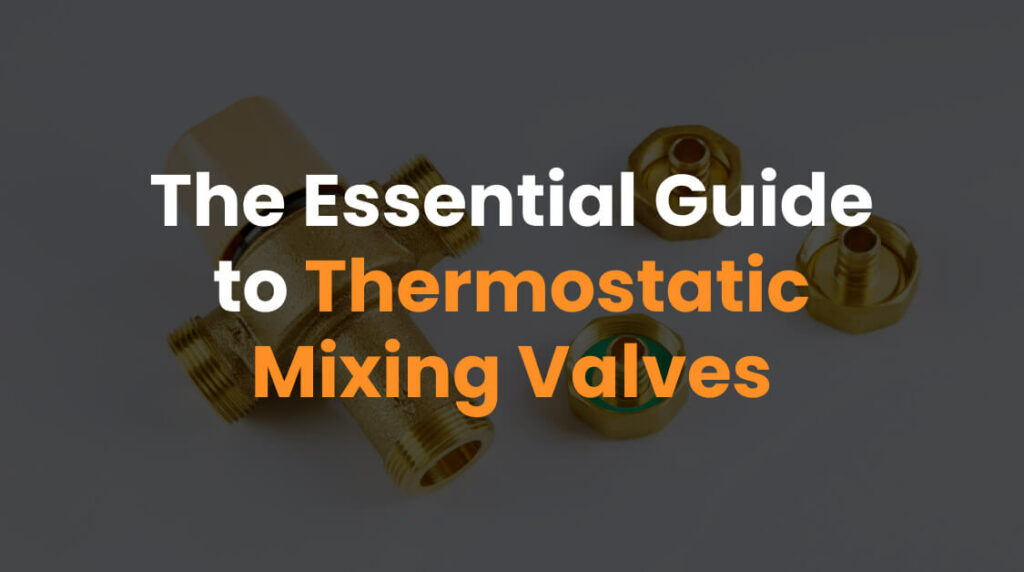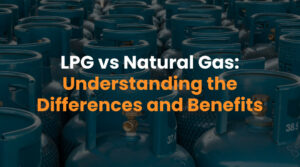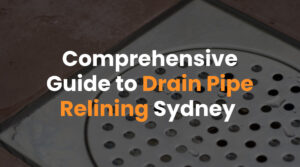In the realm of plumbing and water temperature regulation, thermostatic mixing valves (TMVs) represent a pivotal advancement in ensuring safety, comfort, and efficiency in residential and commercial settings. These innovative devices, including the renowned HydroBoss thermo mixing valve, seamlessly blend hot and cold water to a pre-set temperature, delivering it directly to your shower, bath, or sink. This technology not only prevents the risks associated with scalding but also contributes to water conservation and energy savings. By understanding the mechanics behind thermostatic mixing, thermostatic valves, and their applications in systems like shower mixer valves, users can significantly enhance their daily water use experience.
Understanding Thermostatic Mixing Valves (TMVs): Operation and Benefits
Thermostatic mixing valves are designed to automatically adjust the mixing of hot and cold water to achieve a specified output temperature, even when the input temperatures or pressures fluctuate. This operation relies on the valve’s thermostatic element, which expands or contracts in response to changes in water temperature, thus adjusting the mix to maintain consistency. The benefits of installing a TMV, such as the HydroBoss thermo mixing valve, are manifold:
- Safety: TMVs are crucial in preventing scalding injuries in homes and public facilities by limiting the maximum water temperature at the point of use.
- Comfort: By delivering water at a constant temperature, TMVs enhance user comfort in showers and baths, making adjustments unnecessary and ensuring a steady, pleasant temperature throughout use.
- Energy Efficiency: By optimising the mix of hot and cold water, thermostatic mixing valves help reduce the demand on water heaters, contributing to energy conservation and lower utility bills.
- Water Conservation: Efficient mixing reduces the need for manual temperature adjustment, which can lead to significant water wastage. TMVs ensure that water is used more judiciously, aligning with eco-friendly practices.
The Role of TMVs in Shower Systems
In shower systems, the application of thermostatic mixing valves revolutionises user experience by providing consistent water temperature, regardless of other water usage in the household. Shower mixer valves, equipped with thermostatic technology, prevent sudden temperature changes, protecting against the shock and discomfort of unexpected cold or hot spurts—common issues in homes without TMVs. This stability is particularly important in environments with vulnerable individuals, such as children and the elderly, where temperature consistency is not just a matter of comfort but of safety. Moreover, advanced models like the HydroBoss thermo mixing valve offer features such as easy temperature adjustment and anti-scald mechanisms, making them an indispensable component of modern, luxurious, and safe bathrooms.
Understanding Thermostatic Mixing Valves: How They Work
Thermostatic mixing valves (TMVs) are advanced devices designed to precisely control the temperature of water in plumbing systems, ensuring it is safe and comfortable for use. Unlike traditional mixing valves, TMVs are equipped with a thermostatic element that automatically adjusts the mix of hot and cold water to maintain a constant output temperature, even when the incoming water temperatures or pressures fluctuate. This capability is crucial in preventing scalding and enhancing energy efficiency.
Key aspects of how TMVs operate include:
- Temperature Sensitivity: The thermostatic element within the valve senses the temperature of the mixed water. If the water temperature deviates from the set point, the valve adjusts the ratio of hot to cold water.
- Automatic Adjustment: This self-regulating feature ensures that the valve responds quickly to changes, such as a drop in cold water pressure which could otherwise lead to scalding hot water output.
- Fail-safe Functionality: In most TMVs, if the cold water supply fails, the valve will automatically shut down the flow of hot water to prevent scalding.
By integrating a TMV into systems such as shower mixers or central heating, users can enjoy consistent water temperatures, reduce the risk of thermal shock, and achieve significant energy savings by avoiding the need to overheat water to compensate for temperature variations.
The Benefits of Installing a Thermostatic Mixing Valve
Installing a thermostatic mixing valve in your home or commercial facility brings multiple advantages that enhance safety, comfort, and efficiency. Here are some of the most compelling benefits:
- Scald Prevention: The primary benefit of TMVs is their ability to prevent scalding by accurately controlling water temperature. This is especially important in households with young children, elderly, or individuals with reduced mobility or sensitivity to temperature changes.
- Energy Efficiency: By maintaining the desired temperature without the need to manually mix hot and cold water, TMVs reduce the energy consumption associated with heating water. This not only lowers utility bills but also contributes to environmental conservation.
- Consistent Temperature: Whether you’re taking a shower, washing hands, or running a bath, a thermostatic mixing valve ensures the water comes out at the desired temperature immediately and remains consistent, enhancing user comfort and convenience.
- Protection Against Waterborne Bacteria: By allowing the water heater to store water at high temperatures (which can inhibit the growth of legionella bacteria) while ensuring safe delivery temperatures, TMVs contribute to water hygiene and safety.
- Versatility and Compatibility: TMVs can be installed in various points of use, including showers, baths, sinks, and bidets, as well as in larger scale hot water systems. They are compatible with most types of water systems, including gravity-fed, pumped, unvented, and mains pressure systems.
Selecting the Right Thermostatic Mixing Valve for Your Needs
Choosing the appropriate thermostatic mixing valve (TMV) is crucial for ensuring optimal performance, safety, and compatibility with your plumbing system. When selecting a TMV, consider the following factors to find the best match for your requirements:
- Flow Rate and Capacity: Evaluate the flow rate and capacity needs of your application. Higher capacity valves are necessary for facilities like commercial buildings or large homes with simultaneous multiple uses of hot water.
- Temperature Range and Control: Look for a TMV that offers a suitable temperature control range for your application. Ensure it can maintain a stable output within the safety standards to prevent scalding.
- Certifications and Standards: Choose a valve that meets relevant safety and quality standards. In some jurisdictions, TMVs must be certified to specific standards to ensure they provide adequate protection against scalding.
- Compatibility: Ensure the TMV is compatible with your plumbing system’s pressure and temperature specifications. Compatibility with your water heater type (tankless, storage, etc.) and system (gravity-fed, pressurised) is also crucial.
- Maintenance and Durability: Consider the ease of maintenance and the durability of the valve. Some models are designed for easy access and adjustment, which can be beneficial for long-term operation and reliability.
Installation Tips for Thermostatic Mixing Valves
Proper installation is key to the optimal performance and longevity of a thermostatic mixing valve. Here are some essential tips to ensure a successful TMV installation:
- Follow Manufacturer Instructions: Always adhere to the specific installation guidelines provided by the TMV manufacturer. These instructions are designed to ensure safe and efficient operation.
- Positioning: Install the TMV in an accessible location for easy maintenance and adjustment. It should be close to the point of use to minimise the length of mixed water piping, which can cool down before reaching the outlet.
- Check Water Pressure: Ensure that your water system’s pressure is within the operating range of the TMV. If necessary, install pressure-reducing valves to match the TMV’s specifications.
- Flush the System: Before connecting the TMV, flush the system to remove debris and sediment. This prevents potential damage and blockages inside the valve.
- Calibrate Temperature: After installation, calibrate the TMV according to the desired output temperature. Test the water temperature with a thermometer to ensure it meets safety and comfort requirements.
Maintenance and Troubleshooting of Thermostatic Mixing Valves
Regular maintenance is essential to keep a thermostatic mixing valve functioning correctly and to extend its lifespan. Here’s how to maintain and troubleshoot common issues:
- Periodic Inspection: Conduct periodic inspections to check for leaks, corrosion, or signs of wear and tear. Early detection of issues can prevent more serious problems.
- Cleaning and Descale: Depending on water quality, TMVs may require periodic cleaning and descaling to remove mineral buildup that can affect performance.
- Temperature Accuracy: Regularly verify that the TMV is producing water at the correct temperature. If the temperature deviates from the set point, it may need recalibration or repair.
- Replacing Parts: Wearable components, such as O-rings and seals, may need replacement over time. Use manufacturer-approved parts to ensure compatibility and reliability.
- Troubleshooting: Common issues like temperature fluctuations or reduced flow can often be resolved by cleaning the valve or checking for pressure imbalances in the system. Consult the manufacturer’s guide for specific troubleshooting steps.
The Role of Thermostatic Mixing Valves in Energy Efficiency
Thermostatic mixing valves play a significant role in enhancing the energy efficiency of water heating systems. By precisely blending hot and cold water to achieve the desired temperature, TMVs reduce the need for excessively hot water storage, thereby minimising energy waste. Here’s how they contribute to a more energy-efficient system:
- Reduced Heat Loss: By allowing water to be stored at higher temperatures and mixed down to a safe temperature only when needed, TMVs minimise heat loss associated with long pipe runs and storage, reducing the overall energy required to maintain water temperature.
- Optimised Water Heater Performance: TMVs can help optimise the performance of water heaters by ensuring they operate within their most efficient temperature range, avoiding the energy penalties associated with fluctuating demand.
- Prevention of Overheating: By preventing the overheating of water, TMVs reduce the energy wasted in heating water beyond the necessary temperature. This not only saves energy but also extends the lifespan of plumbing components by reducing thermal stress.
Safety Benefits of Installing a Thermostatic Mixing Valve
Safety is a paramount concern in any water supply system, and thermostatic mixing valves offer significant safety benefits by preventing scalding and thermal shock. Here’s how TMVs enhance safety:
- Scald Prevention: TMVs accurately control the water temperature to a safe level, reducing the risk of scalding injuries, especially in vulnerable populations such as children, the elderly, and those with reduced mobility or sensitivity to temperature.
- Consistent Temperature Control: Even when there are fluctuations in water supply temperatures or pressures, TMVs maintain a consistent output temperature, preventing sudden changes that could lead to thermal shock.
- Legionella Risk Reduction: By allowing the storage of hot water at temperatures high enough to inhibit the growth of Legionella bacteria, while ensuring that delivered water temperature is safe, TMVs contribute to both scald prevention and disease control.
Conclusion
Thermostatic mixing valves (TMVs) offer a critical blend of safety, efficiency, and technological innovation, ensuring water is delivered at a consistent and safe temperature, thus preventing scalding and conserving energy. Their smart design and advanced materials cater to modern demands for convenience and environmental sustainability, making TMVs a wise investment for both new installations and existing system upgrades.








